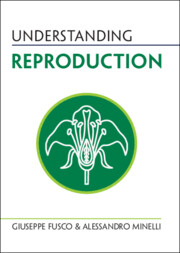Precocious egg production, i.e. progenesis, has been documented for a number of species in scattered reports throughout the trematode literature. The last 2 extensive studies on the subject date from Buttner in the early 1950s (in French) and from Tang in the early 1980s (in Chinese). Overall, 43 species were then known for their ability to produce eggs at the metacercarial stage while still in the second intermediate host. Here, we update the list, and document the existence of progenesis in a total of 79 digenean trematode species, for which we provide information on the taxonomy of the hosts, the facultative or obligate character of progenesis, relevant references, as well as some other pertinent biological information. We then review the subject by asking 7 questions of fundamental evolutionary importance. These include: What favours progenetic development? What are the associated costs and benefits? How are progenetic eggs released from the host? While exposing the various opinions of previous authors, we attempt to give a synthetic overview and stress on the importance of the metacercarial cyst wall (whether it is present, and if so its thickness) in the evolution and the adoption of a progenetic life-cycle.
